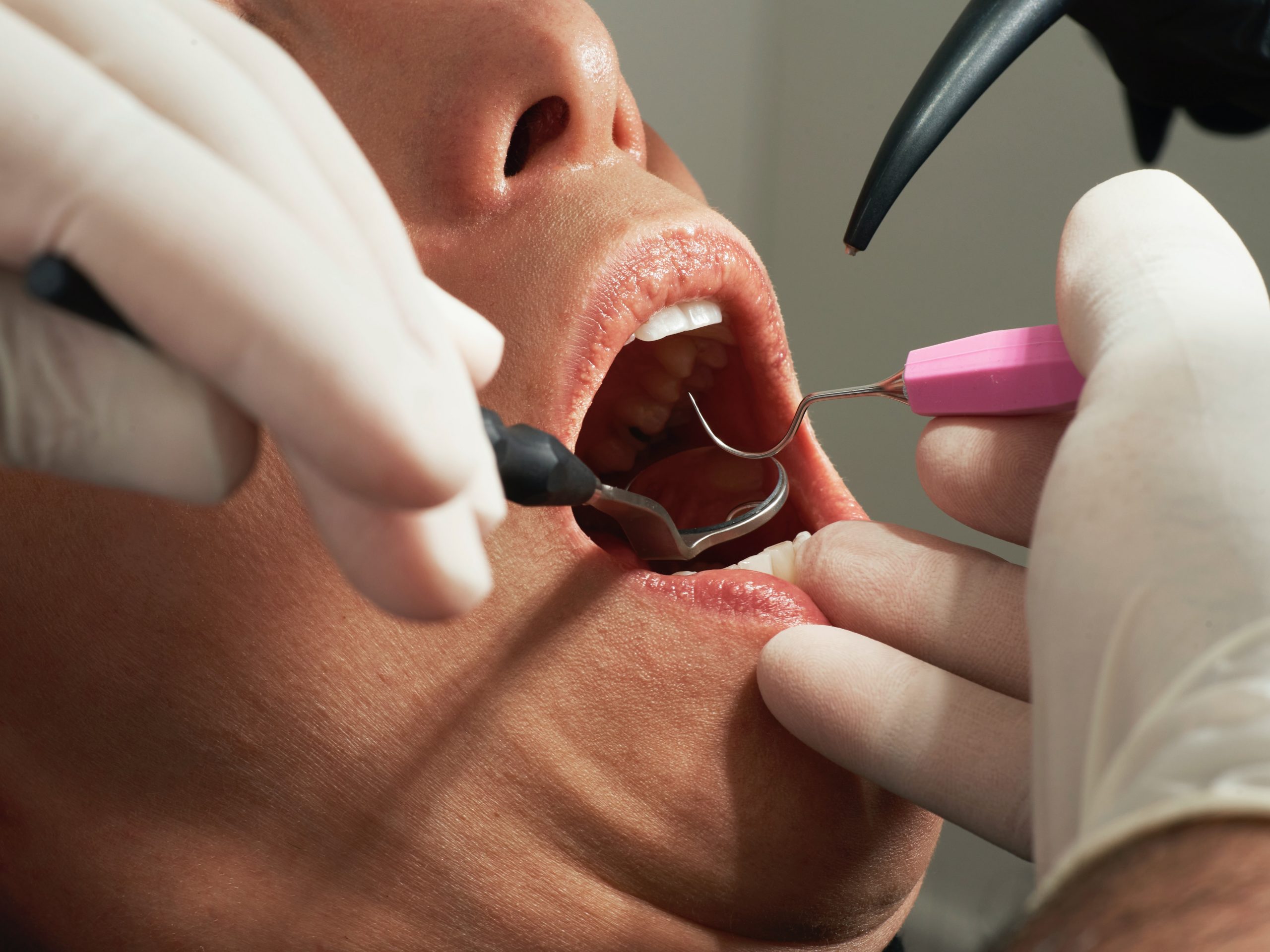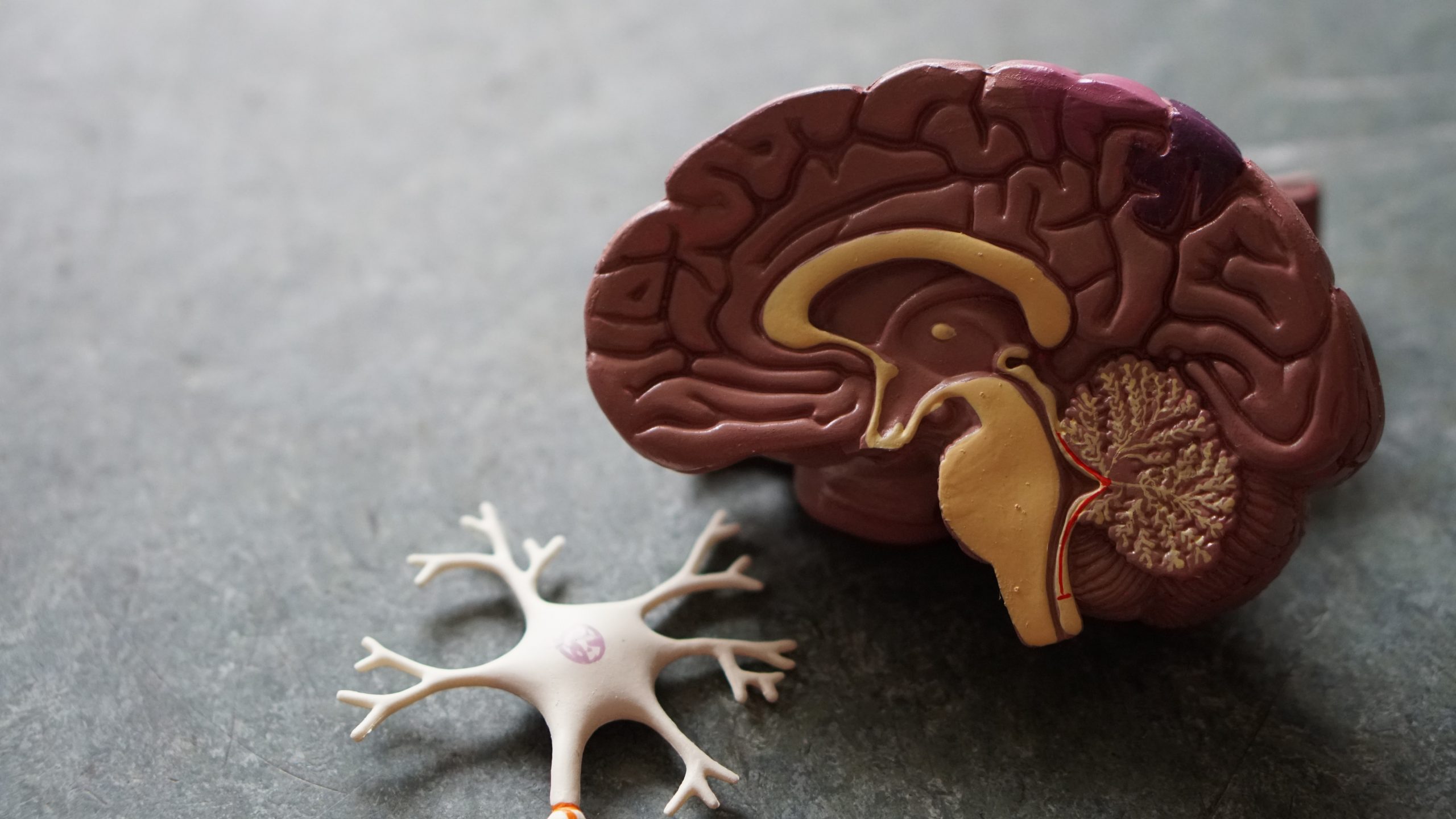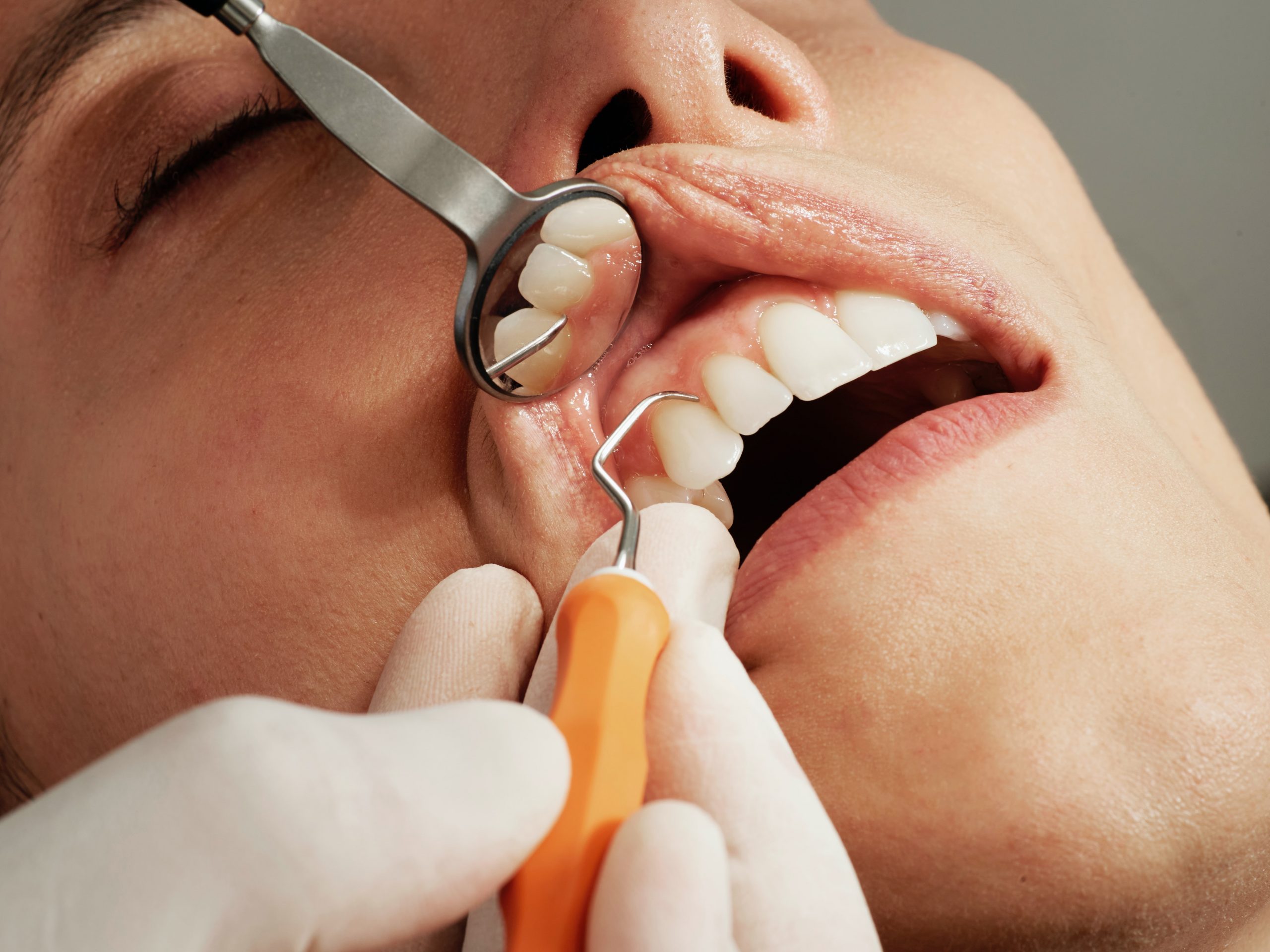
Receding gums and its treatment
Receding gums, or gingival recession, is a common dental problem that affects many people. It occurs when the gum tissue around the teeth wears away, exposing the tooth roots and making them more susceptible to decay and other dental issues.
There are several causes of receding gums, including poor oral hygiene, gum disease, hormonal changes, genetic predisposition, and teeth grinding. If left untreated, receding gums can lead to more severe dental problems, such as tooth decay, sensitivity, and even tooth loss.
Fortunately, there are effective treatments available for receding gums. One option is scaling and root planing, a deep cleaning procedure that removes plaque and tartar from the teeth and roots. This can help prevent further gum recession and promote gum healing.
Another option is gum graft surgery, which involves taking tissue from another part of the mouth and attaching it to the affected area to cover the exposed tooth root. This can help protect the root from decay and sensitivity, and promote healthy gum tissue growth.
In addition to these treatments, it is important to maintain good oral hygiene habits to prevent further damage to the gums. Brushing gently with a soft-bristled toothbrush and using a fluoride toothpaste can help keep teeth and gums healthy. Flossing regularly can also help remove plaque and prevent gum disease.
In conclusion, receding gums can be a painful and uncomfortable condition, but there are effective treatments available to prevent further damage and promote gum healing. By maintaining good oral hygiene habits and seeking treatment when necessary, individuals can protect their teeth and gums and maintain good dental health.










